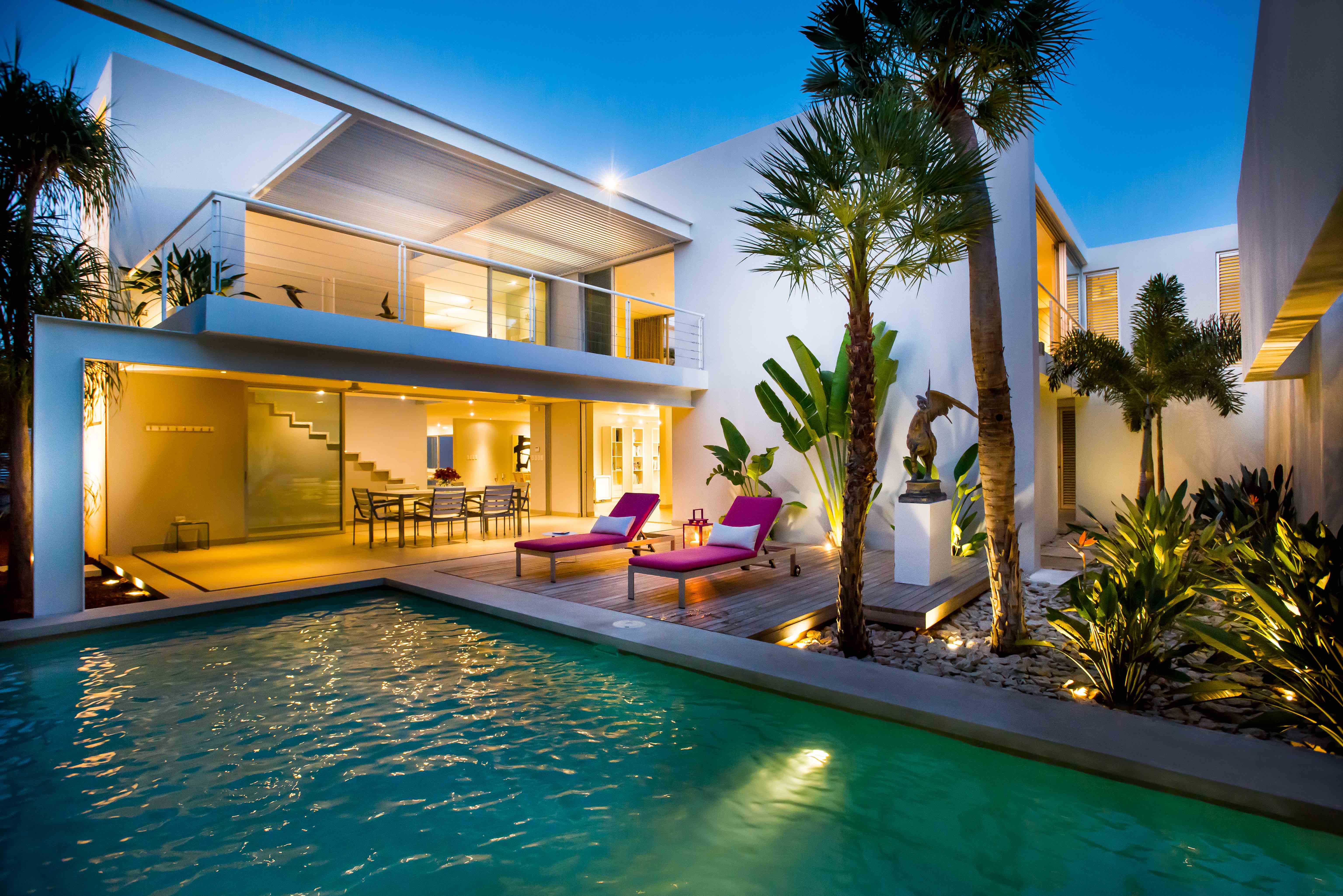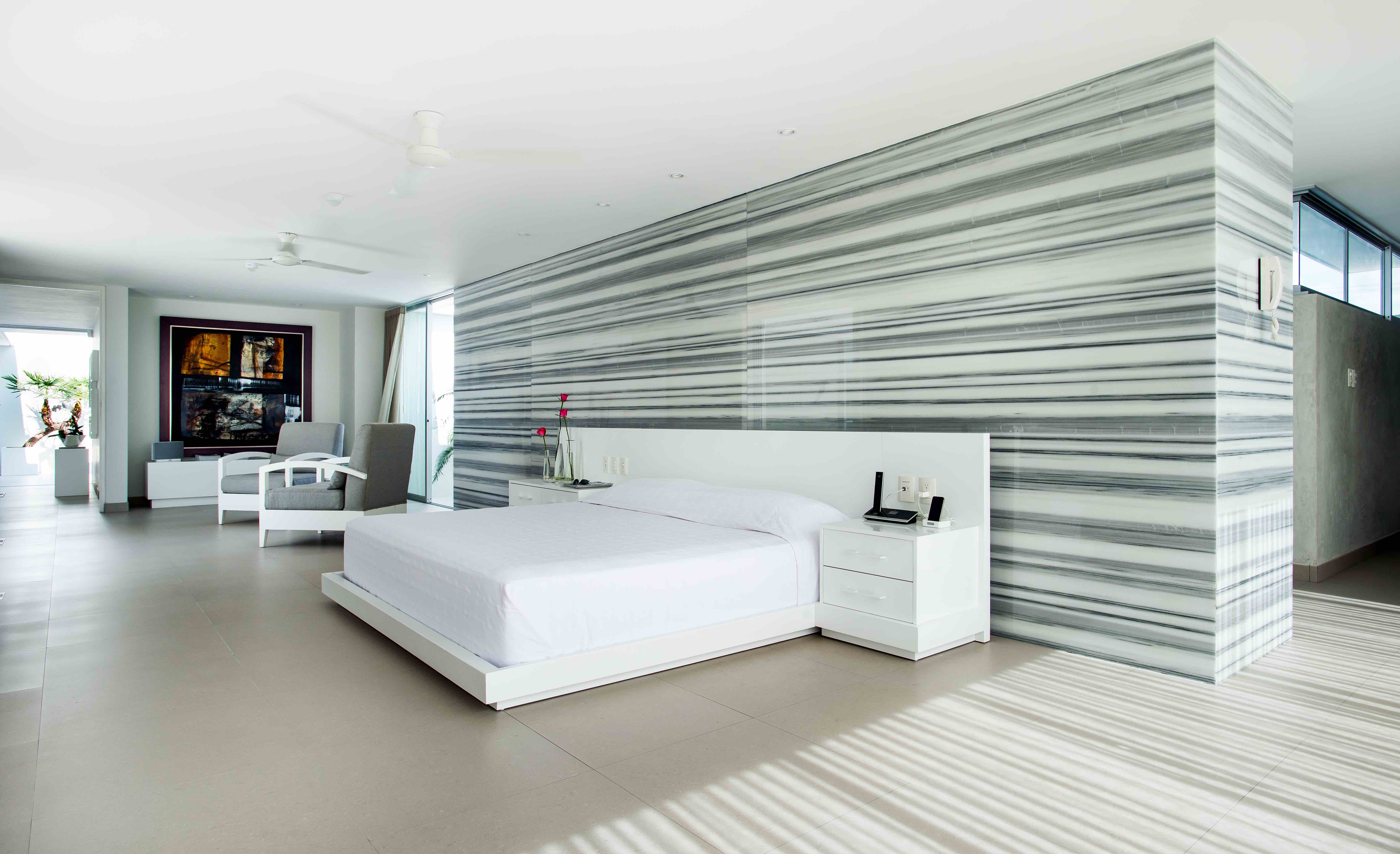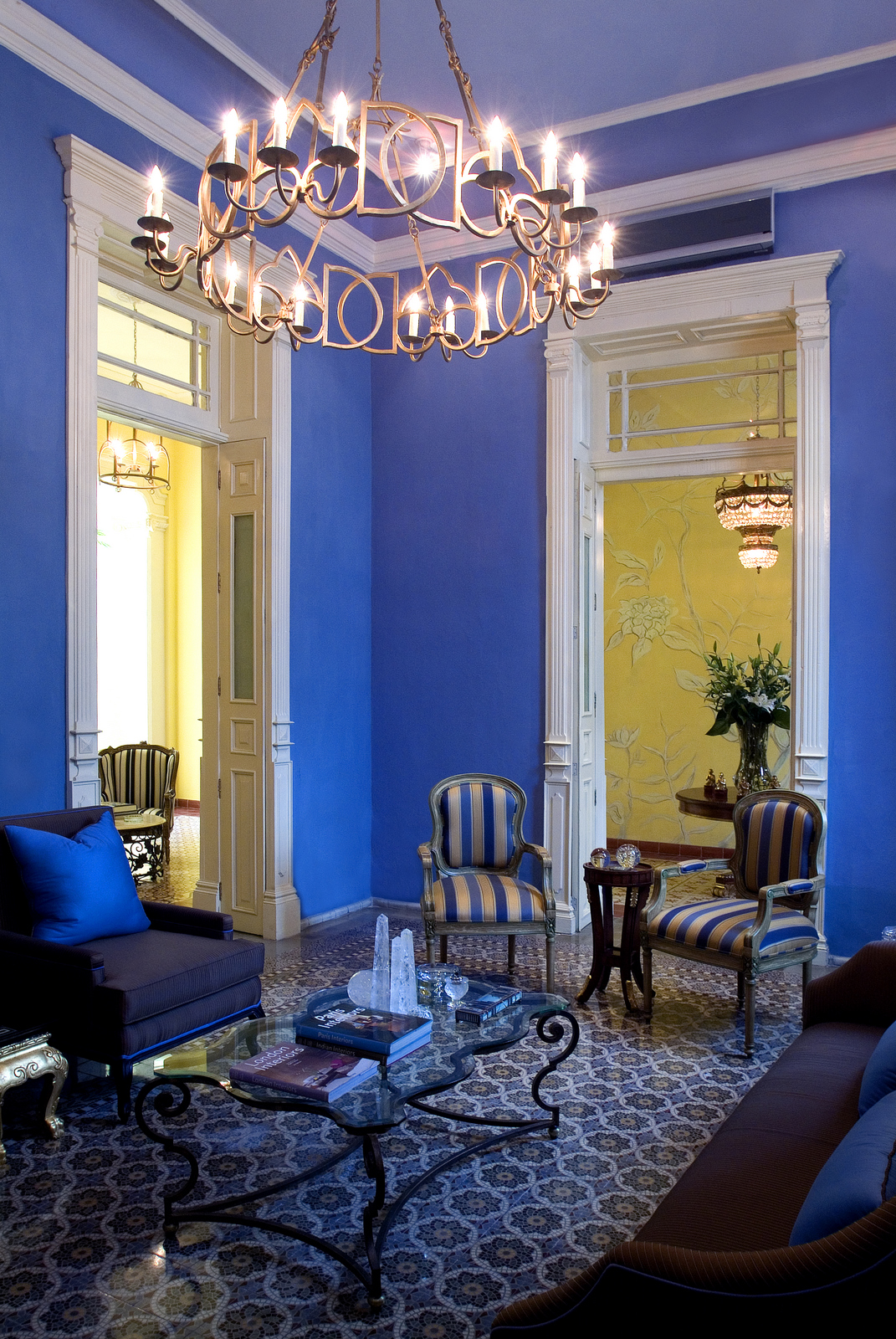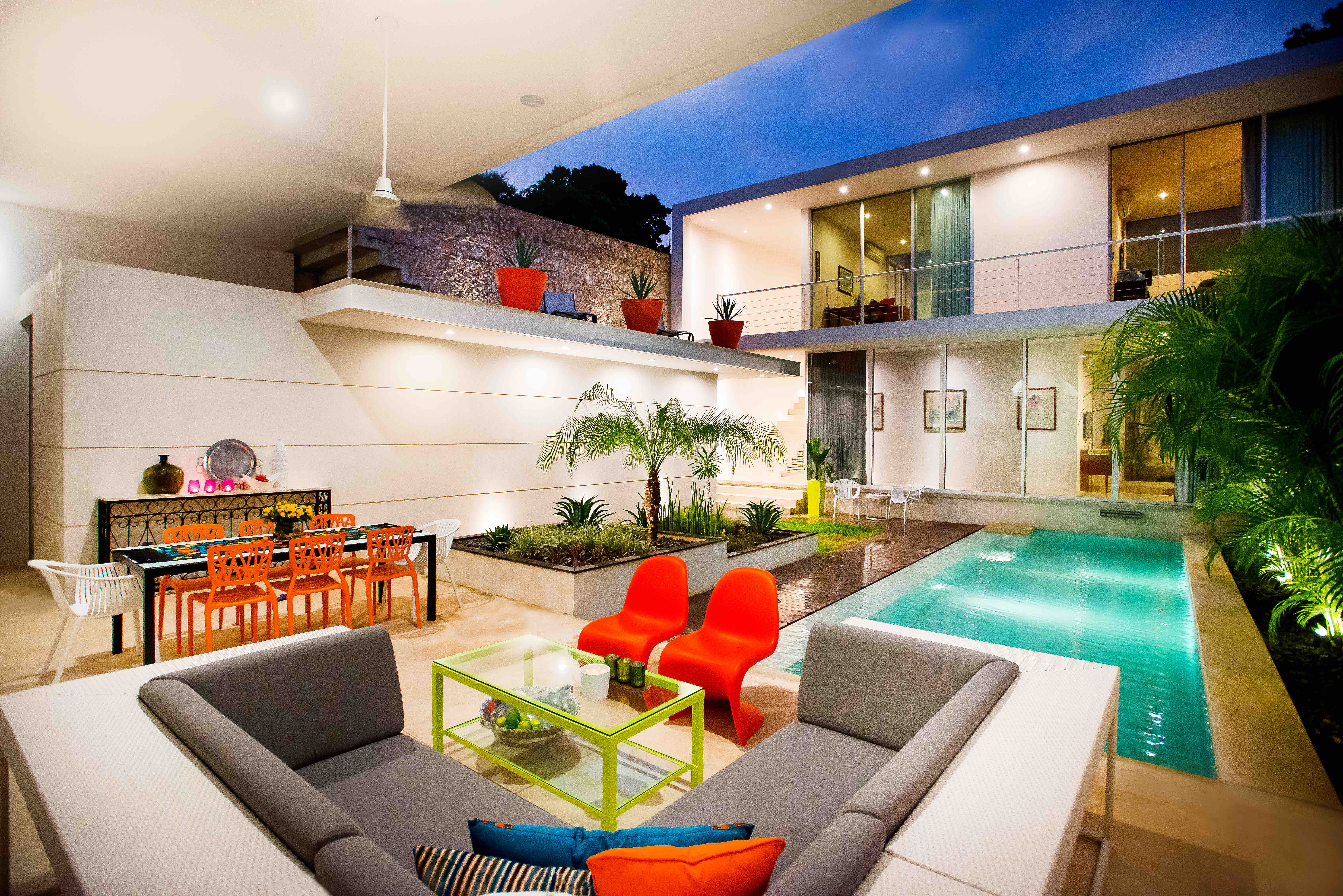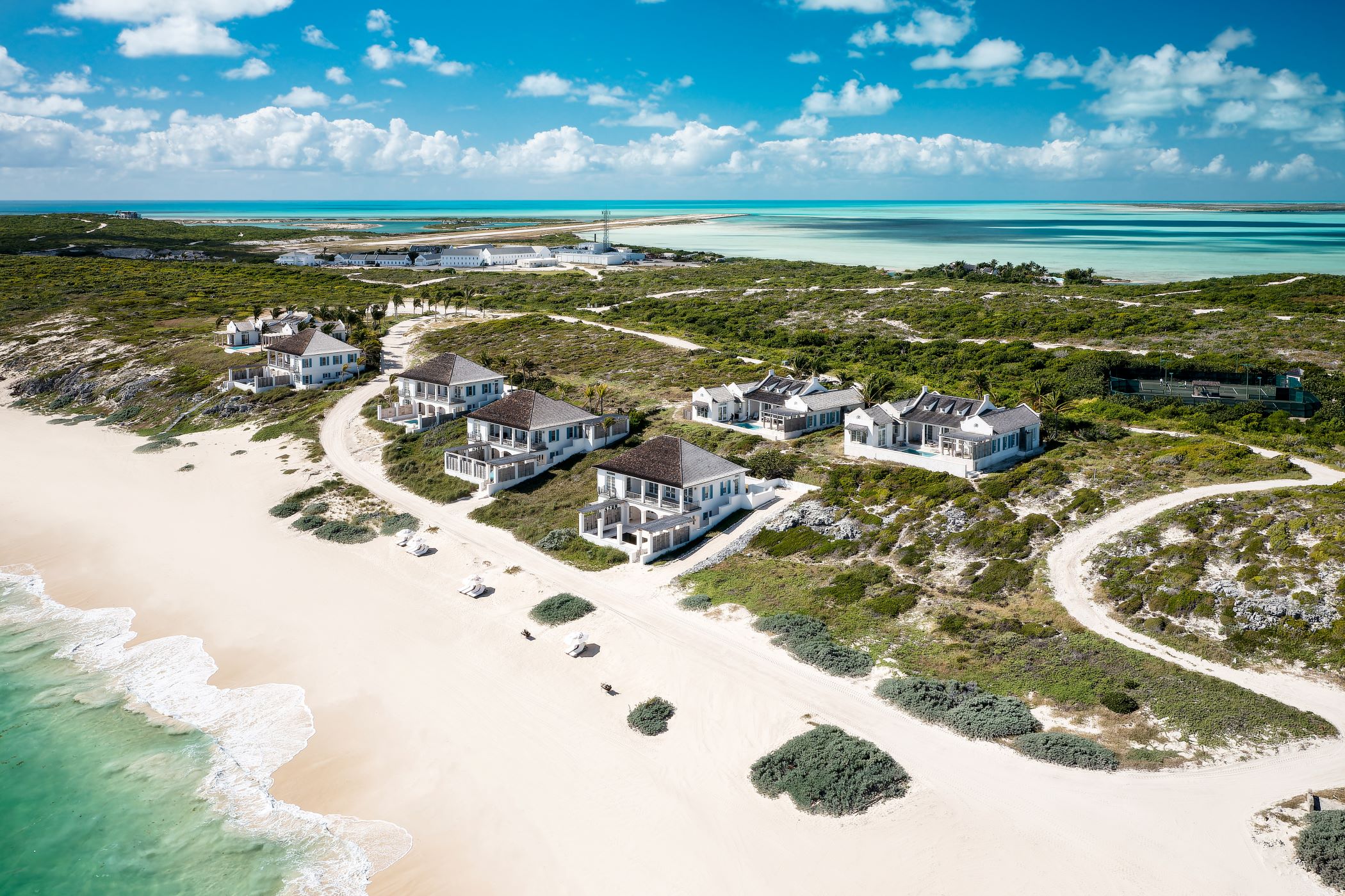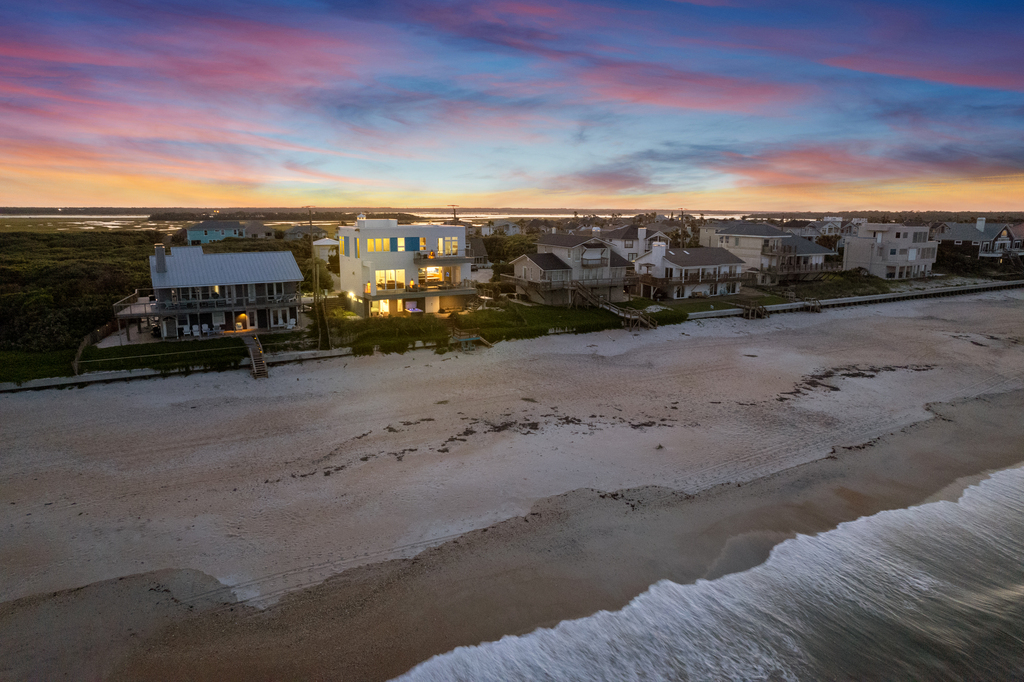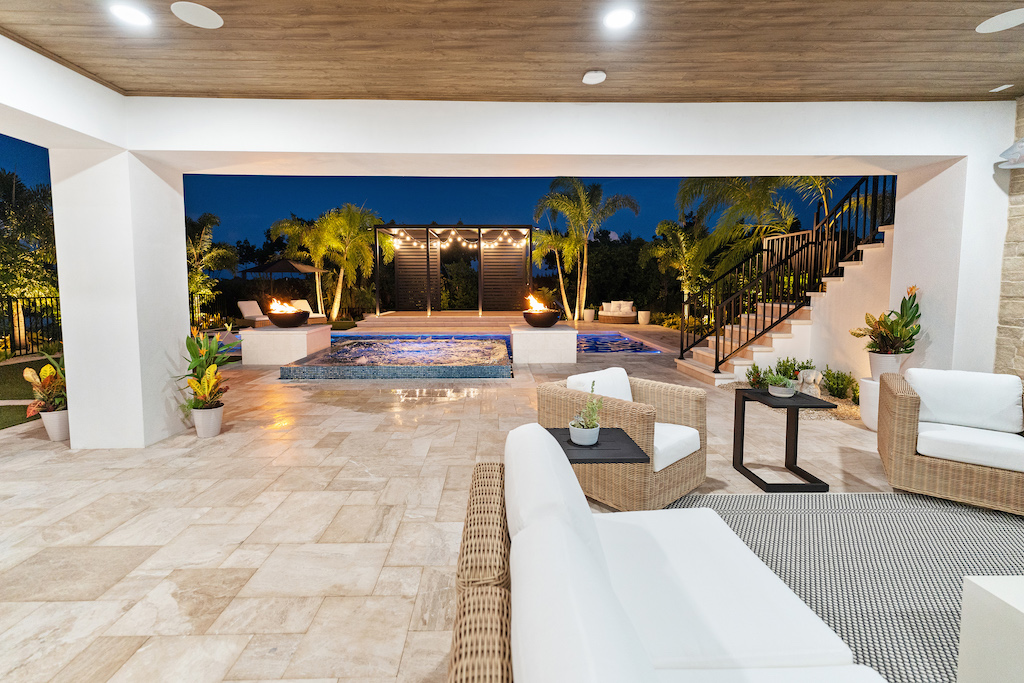When architect Henry Ponce bought a mid-century villa in Merida, Mexico, it had dark, musty interiors and almost no natural light apart from small horizontal strip windows characteristic of the functionalist style. He started by knocking down walls. Then he extended the kitchen and put a pool in the backyard. The home’s skeleton, it turned out, offered great opportunities for breezy, tropical living.
Today, the interior spaces are flooded with light. The walls and floors exhibit natural textures of grey and white marble and stone. Slatted shading and steady cross breezes mean air conditioning is rarely necessary. Wide sliding glass doors open to the terrace and pool, where green foliage and sculptural art pieces abound.
Located an hour from the Gulf of Mexico in the Yucatan Peninsula, Merida isn’t well known outside of the country, and its architectural endeavors are largely overshadowed by Mexico City. And yet, the homes designed by H. Ponce Arquitectos are on par with premier international tropical properties found in California, Singapore, or Ibiza. “Most people who grow up here have a strong sense of architecture,” Mr. Ponce says.
This is likely the result of the city’s intriguing blend of Mayan, Spanish, and French influences. Merida’s wide boulevards are lined with stately Belle-époque-style houses, some built from the stones of Mayan temples, while the smaller homes in city center are painted bright hues of blue, yellow, and a rusty red.
For a brief period at the turn of the 20th century, Merida experienced a boom from the production of henequen, a strong fiber obtained from the leaves of a tropical American agave plant. Plantation owners lived much like the silver barons in mountainous Mexico. But when the industry declined after World War I and amid the turmoil of the Mexican Revolution, many who had made their fortune simply abandoned the palatial homes they could no longer afford to maintain.
In recent years, Merida has experienced somewhat of a renaissance. More and more people have moved into colonial homes and refurbished them, restoring period details and capitalizing on the grand proportions, the high ceilings, arches and columns, and quiet inner courtyards.
Henry Ponce is front and center in this trend as he is also a licensed Realtor. “A lot of people come to Merida to look for houses and they want an architect’s opinion,” he says. “Often they ask me to help find something that can be renovated.” Typically only one or two of the original rooms are preserved in an overhaul, but the gap between old and new affords interesting design possibilities. “I like to put something very modern with the other elements that are true to the history. I like the blend.”
At the "Kehoe House," a regal turn-of-the-century property previously owned by a wealthy henequen baron, Ponce maintained a grand, colonial feel by refurbishing the original tile floors, moldings, and iron railings. The only major structural changes were an expanded master bedroom and a pool in the courtyard.
For "Nemer House," Ponce made the meeting of old and new more pronounced. In the existing part of the home he left the brick walls exposed, kept the original stenciling and repaired the molding, and in the back of the property, he added a modern courtyard and pool. To mark the transition between the historic and modern, he left a gap, covered in glass, between the house and the courtyard. The two parts of the home function as one, and yet, incorporated in the design is a respect for their respective autonomies.
“Poncified” is how Merida locals call the renovated properties, referring to the contemporary touches and prolific use of marble and glass. Finding a stylistic balance of old and new is only part of the design challenge, however. Many of the houses in Merida’s historic center are narrow and long, and Ponce must find ways of bringing in light and making the spaces functional for today’s lifestyles.
For the "B+H 45 House," which Ponce says was “basically a tunnel” when he started, he opened up the space using skylights and living room garden. A wide wall of windows leads from the master bedroom to the balcony overlooking the pool and ground floor terrace, which can also be reached by a spiraling outdoor staircase. “Working with existing properties means there are always constraints,” he says. “The job is finding the best solution within those constraints.”
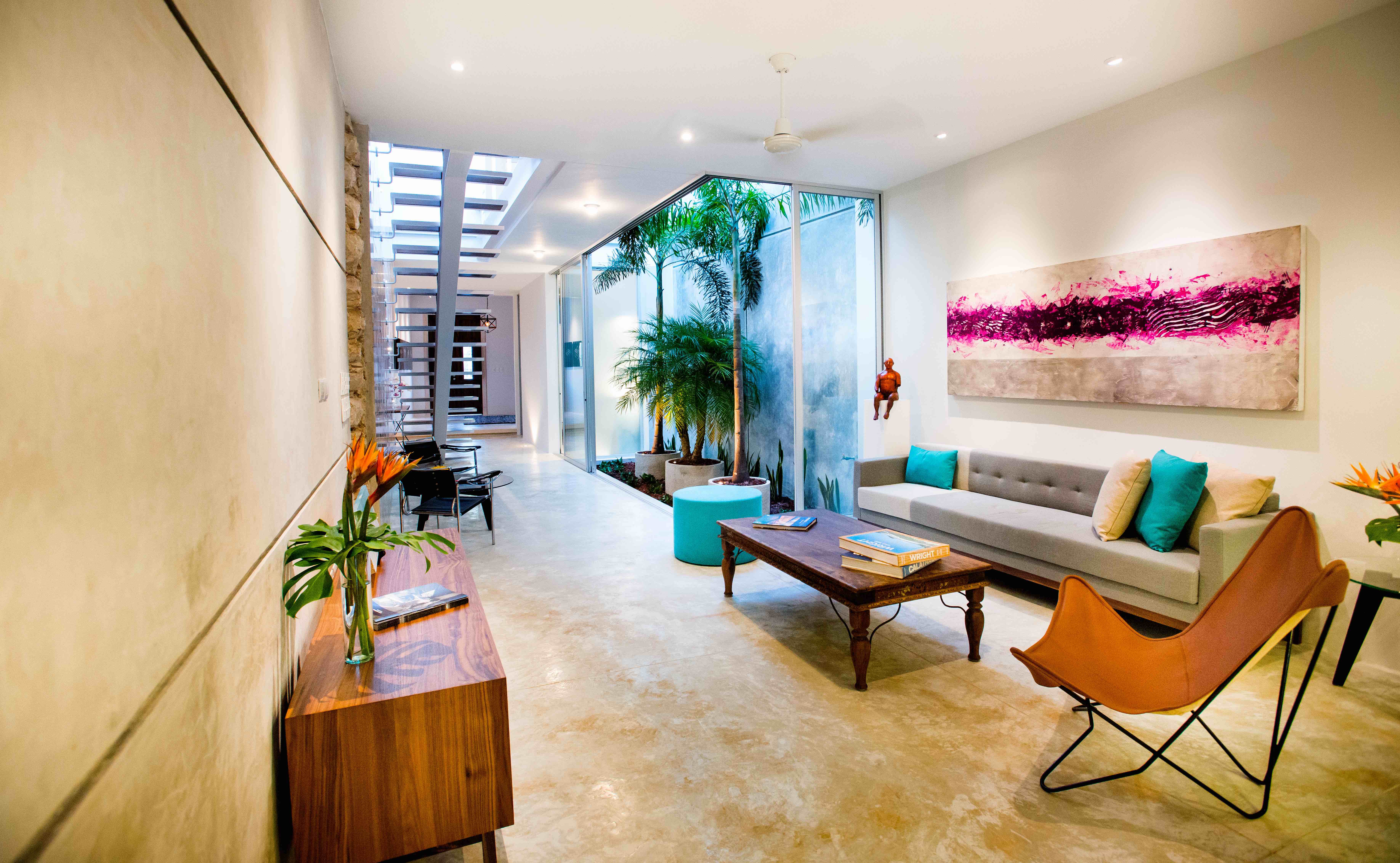
The architect added skylights and a living room garden to the "B+H 45 House," which is narrow and long
Photos courtesy of H. Ponce arquitectos

